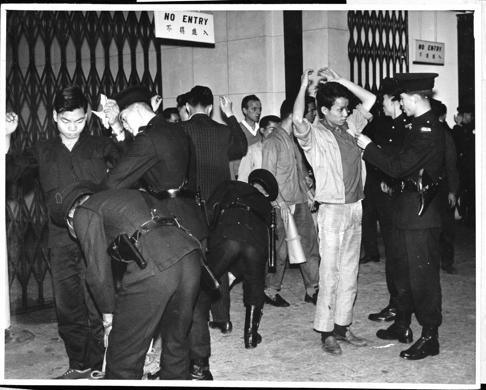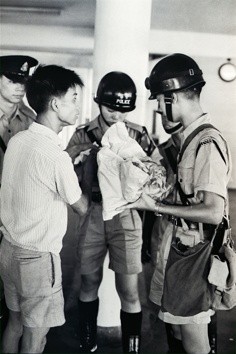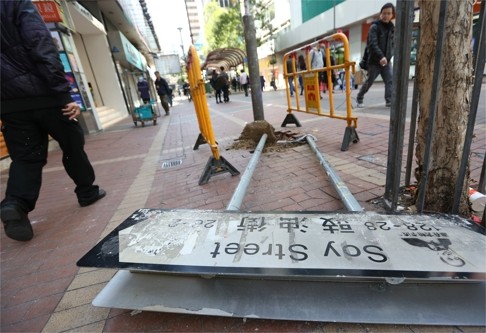Hong Kong government is making a mistake by dismissing the causes of Mong Kok violence
Gary Cheung calls on the administration to face up to the reasons that drove young people with few job prospects to vent their frustration

We should not take it for granted that those in power will learn from history.
A week after the Mong Kok riot, the government officially rejected calls by hundreds of academics and professionals for an independent committee to look into the causes of the mayhem. It argued that it was inappropriate to make direct comparisons between “the disturbances in the 1960s” and the unrest that erupted on February 8. “Hong Kong nowadays enjoys free access to information and is a highly democratic and transparent society,” a government spokesman said.
For unknown reasons, the government did not specify that “the disturbances in the 1960s” referred to the 1966 Star Ferry riot.
The riot, which was described by the colonial government as the “Kowloon disturbances”, was triggered by the decision to increase the five-cent ferry fare between Central and Tsim Sha Tsui. During the protests, from April 5 to April 9, mobs threw stones and set fire to buses and various government facilities. The violence resulted in one death and 26 injuries. A total of 1,465 people were arrested.

On April 7, then governor David Trench promised an inquiry into the causes. The initiative, made at the height of the riot, resulted in the appointment of a commission of inquiry on May 3 that year.
Public hearings were held at City Hall where witnesses testified to what happened in those four days and the causes of the disturbances. The hearings and investigation were conducted in parallel with the court proceedings for those arrested during the protests.

Chief Executive Leung Chun-ying, meanwhile, highlighted the fact that most of those arrested in connection with the Mong Kok riot were unemployed, rather than students. He emphasised that their aspirations could not represent those of the majority in Hong Kong.
Strikingly, the Mong Kok mayhem is comparable to the 1966 disturbances when it comes to the socio-economic status of those arrested. The 1966 inquiry report noted that most of the protesters were comparatively poorly educated, poorly housed and lacked good jobs. Among those charged, most were youths aged 16 to 20.
Of the 75 people arrested over rioting in Mong Kok, about half were jobless while others worked in low-paid jobs, as, for example, cooks and salesmen. In short, those involved in the two disturbances were mainly dysfunctional and alienated youth who took the chance to express their discontent with the status quo.

As Mao Zedong (毛澤東) once said, there is no such thing as love or hatred without reason. While the violence in Mong Kok should never be condoned, sending those arrested to courtrooms and jail cannot guarantee the long-term stability of our society if the roots of the troubles are not identified.
Many mainland officials are well versed with dialectical materialism, which states that there must be logic and reasons for something that has happened. So it came as no surprise when Legislative Council president Jasper Tsang Yok-sing revealed two weeks ago that mainland officials are conducting their own study into the causes of the Mong Kok riot.
Qi Pengfei (齊鵬 飛), vice-chairman of the Chinese Association of Hong Kong and Macau Studies, made the no-nonsense comment that many Hongkongers were dissatisfied with the Hong Kong government as the administration had not come up with effective ways to resolve some burning social and livelihood issues.
Indeed, those who love and care about the city should read Why Men Rebel, political scientist Ted Robert Gurr’s classic in understanding the causes of political violence and protests around the world.
Gary Cheung is the Post’s political editor